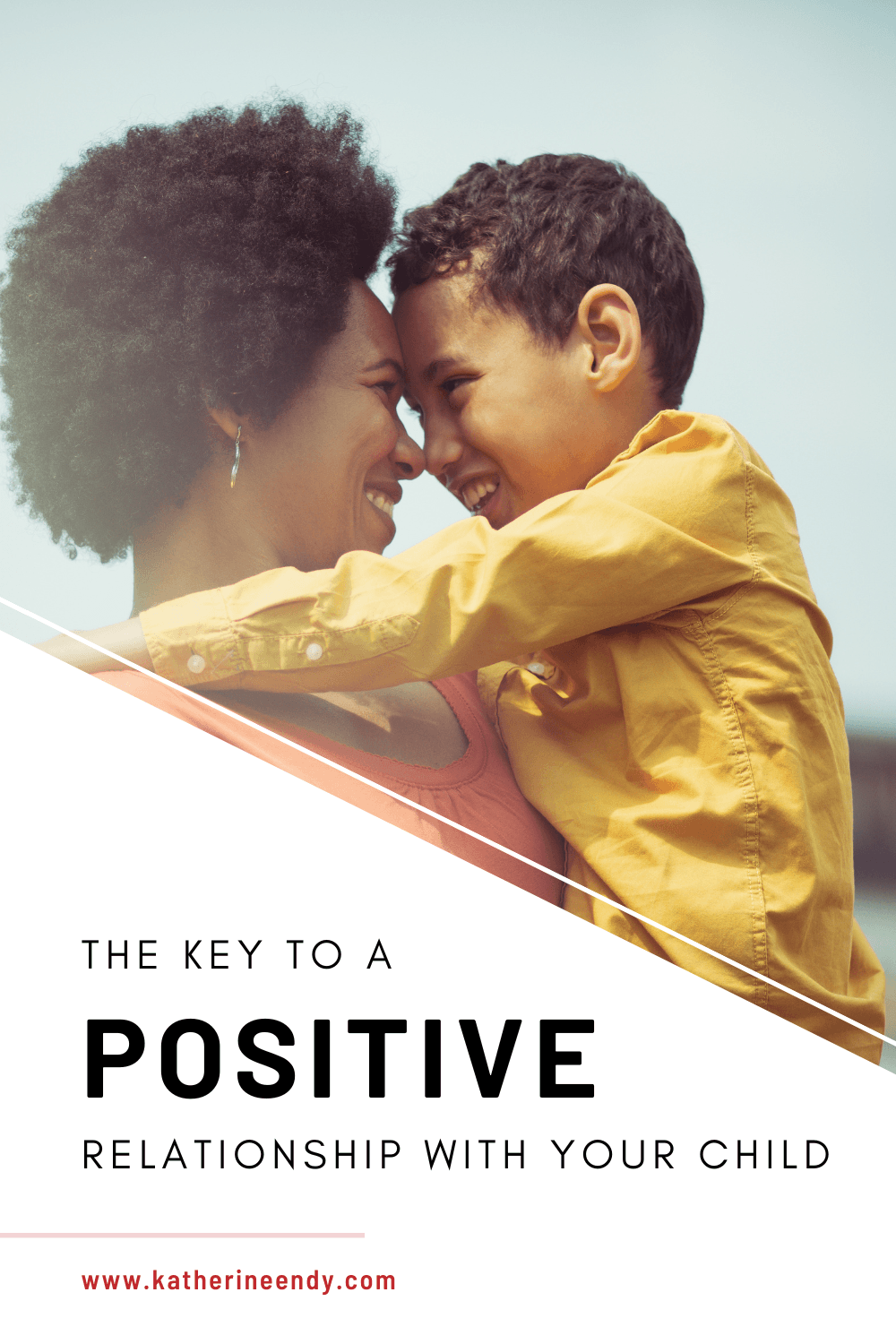Connection: the key to a positive relationship with your child
I know it can feel strange and even emotional to imagine yourself spending time with your 25-year-old child, imagining what that relationship will look and feel like.
It’s hard to think that far ahead when your growing human still has chocolate in the corner of their mouth after an ice cream cone and still needs a story, a back rub, and a song to fall asleep at night.
But someday, not so long from now, your small child will be a grown person.
And I suspect you still want to feel a version of the same closeness and connection you feel with them now when they no longer need the same level of physical caretaking.
(For some of you, your grown child might require a high level of physical caretaking well into their adolescence or even adulthood. I want to acknowledge that, for parents of disabled children, this may be the case.)
When we are still in the role of caregiver in a way that is very physically and emotionally draining - wiping bums, drying tears, listening to whining, complaining, and dissatisfaction - it is all too easy to focus on obedience because some things just need to get done without too much fussing.
There are certainly times when we do just need our kid to do something right now, either for safety reasons or because of a genuine, non-negotiable time crunch.
But the truth is that when we focus too much on compliance, we lose the opportunity for connection.
We lose that vision of the relationship that we want to have with them in the long run.
So while it’s important to have tools and skills for managing behavior and getting your kids to do what needs to be done, it’s important to do it in such a way that supports the relationship you want to have with them in the long run.
How can you execute your role as a parent in a way that also supports the kind of relationship that you want to have with them now and in the future?
We all have two metaphorical “cups,” one that holds all our negative emotions like anger, frustration, and sadness, and one that holds all our positive emotions, like love, excitement, and joy.
It’s pretty intuitive to think that we want to keep the first one pretty empty and the second one pretty full.
When the negative emotions cup is starting to fill up, you will see it in your child’s behavior.
You’ll see more whining, defiance, and, eventually, meltdowns. This is to be expected, to a certain extent, depending on the age of your child.
But you can minimize these behaviors by seeing the behavior as a sign that the negative emotions cup might need to be emptied out.
When your child has the opportunity to discharge negative emotion, it helps them learn to emotionally regulate in a way that is contained and, to a certain extent, controlled by you.
For example, you won’t let them hit something breakable with the pillows; you won’t let them scream so loud it wakes the baby.
This teaches children what to do with their anger and frustration.
And once they’ve emptied their negative emotions cup, you’ll likely see them get tired and/or cuddly immediately afterward and over the next few days, you’ll likely see more pleasant behavior because they no longer have that build-up of stress, disappointment, sadness, and frustration.
How can your child empty their negative emotions cup?
Here are some examples:
Having a good cry - even a tantrum!
Screaming into a pillow
Dancing
Jumping
Hitting something soft (pillows)
Anything that moves energy through the body is a great way to empty the negative emotions cup!
What are your ideas about ways your child can empty their negative emotions cup?
In my next post - we’ll talk about ways you can fill up your child’s positive emotions cup!
Follow Us
Sign up for Katherine's Monthly Conscious Parenting Newsletter!
Join our mailing list to receive CALMER Parenting Insights, my monthly parenting newsletter to help you shift your perspective and parent consciously. Don't worry, your information will not be shared.
We hate SPAM. We will never sell your information, for any reason.








